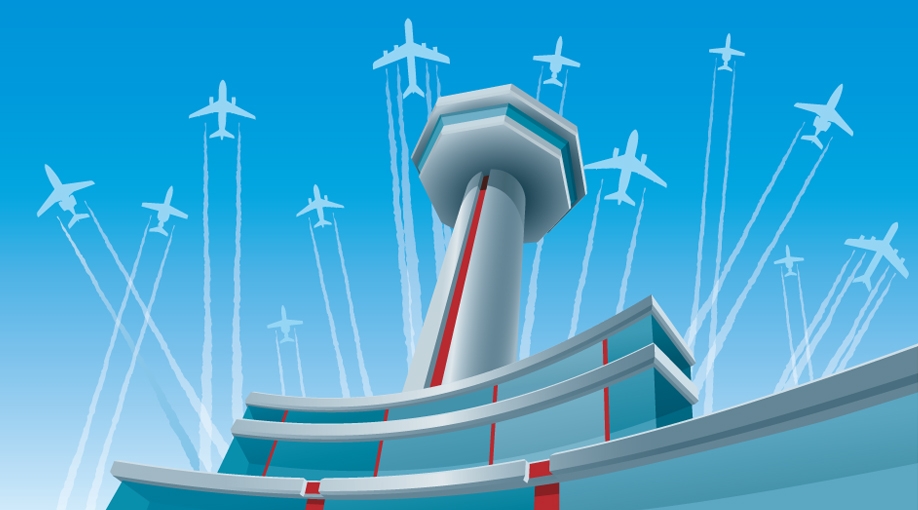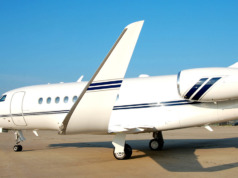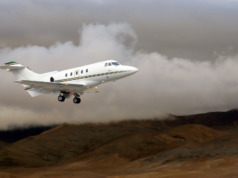
NextGen is an FAA upgrade to the U.S. air traffic control system, from ground-based to satellite-based technology, which is being implemented in phases through 2025. Designed to shorten routes, save fuel, reduce air traffic delays, and increase the number of aircraft in the sky at a given time, it also enables controllers to manage aircraft with a wider margin of safety.
One fairly new such technology already in use is Automatic Dependent Surveillance-Broadcast (ADS-B). If your aircraft is ADS-B-equipped, its position is transmitted to Air Traffic Control (ATC) and to adjacent aircraft also equipped with ADS-B. The Global Positioning System (GPS) on board your aircraft sends its position via a “transponder” to ATC. While a simple concept, it is not yet widely used.
Currently, ATC gets position information from radar facilities that bounce signals off your aircraft. As the aircraft distance from the radar increases, radar information becomes less accurate; not so with ADS-B. Radar is expensive and has a limited service volume, especially in mountainous terrain; again, not so with ADS-B. While 634 ADS-B ground stations already have been installed in the U.S. to provide full domestic coverage, ADS-B will not be required in the U.S. until January 1, 2020 — a date unlikely to change.
However, ADS-B now is required in many foreign countries including: Australia, Canada, China, Fiji, Hong Kong, India, Indonesia, Singapore, Seychelles Islands, the Sanya Flight Information Region (FIR), Taiwan, and Vietnam. This list is continually growing.
As with many NextGen technologies, ADS-B is being instituted in specific areas and altitudes that can benefit the most from better fuel efficiency. If your aircraft is not ADS-B equipped, you may be held at a lower altitude below Flight Level (FL) 290 (29,000 feet), where much more fuel will be consumed. One Fortune 500 company recently made a two-week trip to Asia without the benefit of ADS-B. The flights were held at altitudes below FL 290 for much of the trip — versus a more advantageous FL 400. That company estimates an additional $10,000 to $15,000 was spent on fuel, due to the dramatically increased fuel burn at the low, less efficient altitude. Immediately after that trip, it installed ADS-B and applied for FAA approval.
Most jet aircraft will require a “kit” to modify the current transponder to an “extended squitter,” or ES format, operating on frequency 1090ES. One Challenger operator says that he spent approximately $25,000 per aircraft to upgrade the transponder and install wiring to the GPS receiver to become ADS-B compliant. This cost will vary widely, depending upon your aircraft type, and the age of both the aircraft and GPS unit on board.
When you are ready to upgrade to ADS-B, your flight department will select a shop approved by the manufacturer of the ADS-B equipment they’ve selected, to avoid installation error. A quick, easy, and no-cost way to be sure that the ADS-B is properly installed and configured, is to send an e-mail to: 9-AWA-AFS-300-ADSB-AvionicsCheck@faa.gov
Your crew can enter your aircraft tail number and request an ADS-B avionics check. As soon as you fly your aircraft above approximately 1,500 feet anywhere in the U.S., an ADS-B ground station will receive and evaluate your ADS-B transponder information for accuracy. A report will be emailed to you within a couple of days, according to Jim Marks of the FAA Flight Standards Maintenance Division, who provides this service.
If you are flying to foreign countries now, and you wish to “beat the rush” that is sure to ensue as January 1, 2020 approaches, consider gaining your ADS-B capability now. BAA
Nancy Risso, owner of Risso NextGen Aviation Solutions, consults to business aircraft operators and the FAA. An ATP rated pilot and engineer, she previously worked as the FAA’s Flight Standards Eastern Region NextGen Branch Manager.




